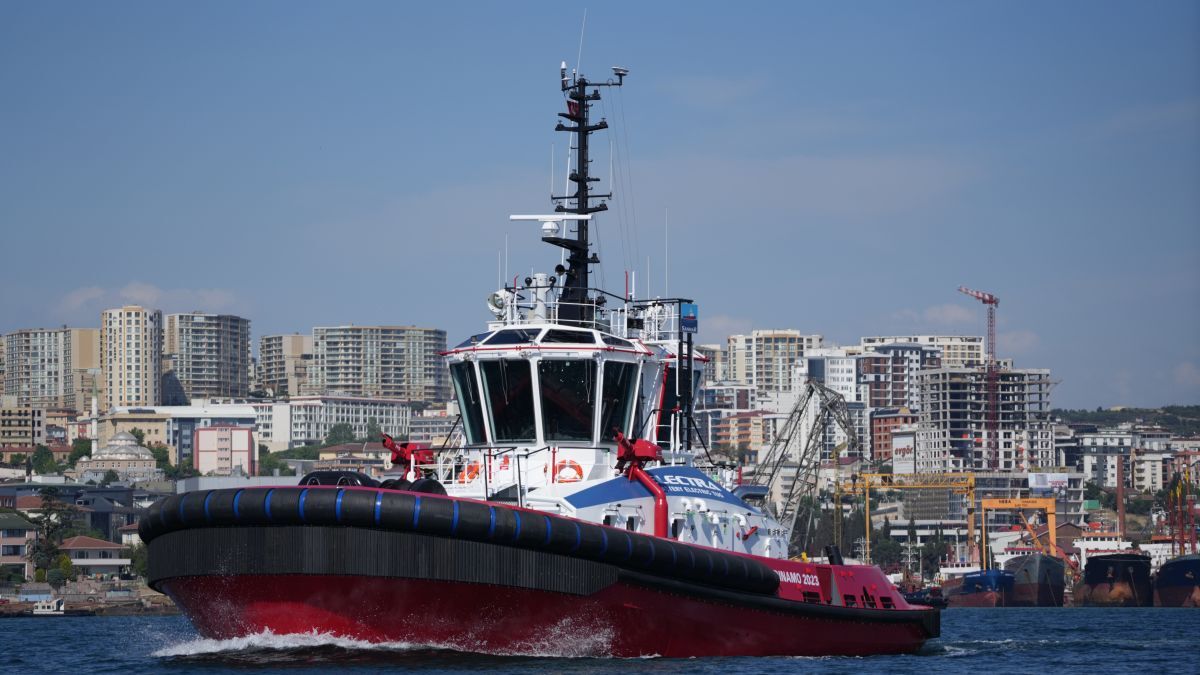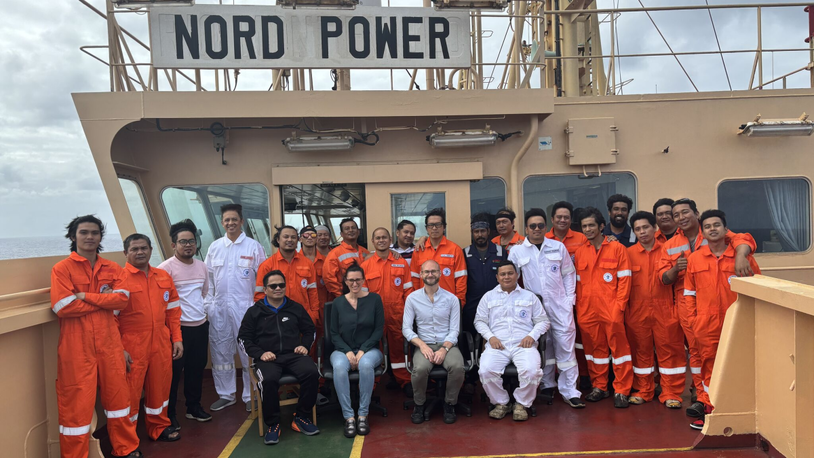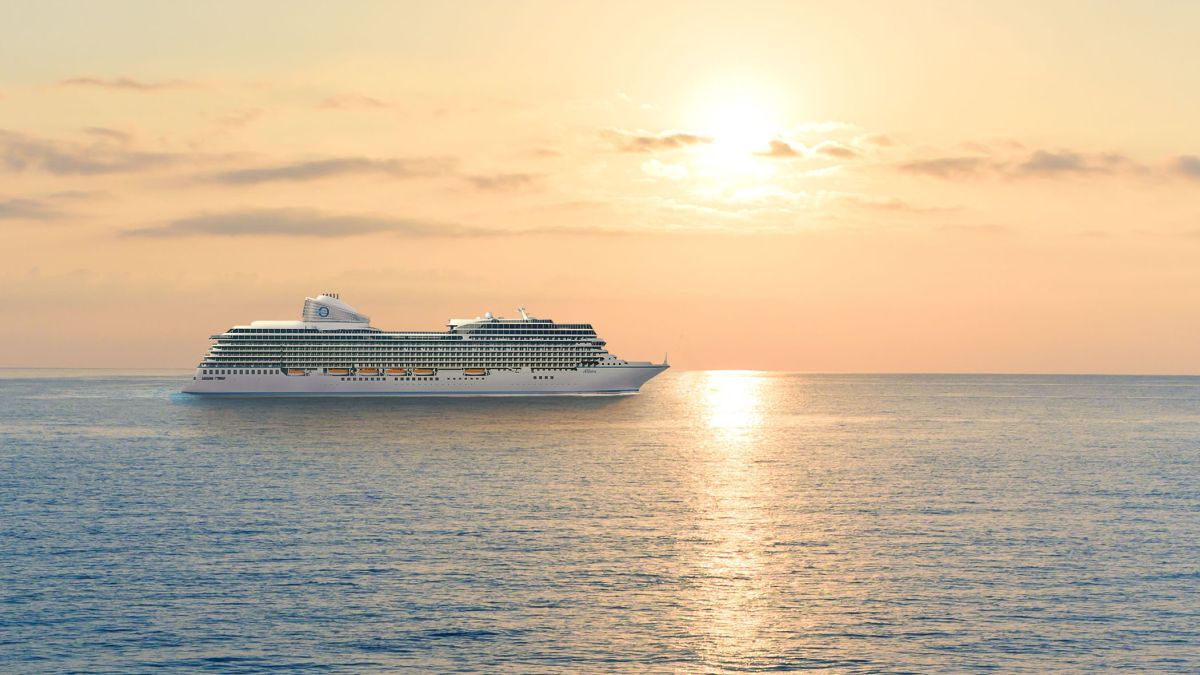Business Sectors
Events
Contents
Register to read more articles.
2025 in international tug and salvage: electric and alternative-fuelled tugs, automation among key trends
Key trends impacting the design, construction and operation of tugboats and towage delivery in the coming years
Emissions reduction and sustainability have risen to top of the agenda in the towage sector, with more tugs being built with batteries, for all-electric or hybrid propulsion, to lower their environmental impact in ports.
Early adopters are investing in low-emissions tugs with a high bollard pull to secure more business from environmentally conscientious shipowners, port authorities and terminal operators. But the adoption continues to be focused on owners with large fleet renewal budgets operating in regions where there is growing pressure to reduce pollution in ports.
These owners are influencing naval architects, tug builders, engine manufacturers and equipment suppliers to develop technology and designs for the next generation of tugboats.
Tug owners have turned to digitalisation technologies to remotely monitor operations to improve fleet management, safety, and gain experience from semi-autonomous operations.
Meanwhile, owners of key shipping corridors and canals have invested in their fleets to ensure they can handle the large ships and congestion at global trade choke points. Here are the trends expected to impact the towage sector, tug design, construction and operation, pilotage and port operations in 2025.
Electric-powered tugboats
Tug owners are increasingly selecting an electrical pathway to decarbonisation, with new tugs being built with large batteries and shore power connections on their vessels.
Shipyards are ramping up the production of electric tugs to provide green solutions to owners and operators of ports and terminals.
Further all-electric and hybrid-electric tugs are expected to be built in 2025 as the operational and environmental benefits are realised, while safety, technical issues and concerns are mitigated through technology developments and cooling systems.
In 2024, Sanmar Shipyards completed construction and delivery of seven Dinamo-series tugs; three for HaiSea Marine and two for SAAM Towage in British Columbia, Canada; one for Bukser og Berging in Norway; and another for the Turkish company’s own fleet. It has started building another seven for clients and its own stock, cementing its position as a leader in this field.
Damen Shipyards followed its success in delivering its first all-electric harbour tug, Sparky, which manoeuvres ships in Ports of Auckland, New Zealand by building two more battery-powered reverse stern drive (RSD) tugs, one for Abu Dhabi Ports subsidiary Safeen, and another for Port of Antwerp-Brugges, in Belgium. Damen expects to construct more of these electric RSDs and a few to its azimuth stern drive (ASD) designs in 2025-2026.
China has become a growing market for the construction and operation of tugboats with electric or hybrid propulsion with more to come in 2025, while companies in Japan and South Korea are working on delivering battery-powered tugs. There are also plans to build them in Singapore, India, UK and Europe.
Alternative fuels gain traction in tug construction
Tug owners aiming to reduce pollution from their port operations are exploring alternative fuels to diesel.
Biofuels from sustainable resources have become a short-term solution for reducing net CO2 from ship handling and towage, but prices are rising and competition between vessel owners and other sectors, such as haulage and aviation, means availability is limited.
Owners are trialling biofuel blends with fatty acid methyl ester in ports as an alternative to diesel and hydrogenated vegetable oil. These biofuels emit less pollutants in ports, such as NOx and particulate matter, and are viewed as sustainable.
Tugs are being powered by LNG at export ports, with three in northern Norway, three in Singapore and two in Canada using LNG fuel, with zero NOx and particulates emissions.
In the longer term, hydrogen and methanol are seen as the main decarbonisation solutions for tugs. Boluda Towage, Kotug International and Svitzer have ordered methanol-fuelled newbuildings and Fairplay Towage is seeking to build a fleet of hydrogen-fuelled tugs.
Port of Antwerp-Bruges and CMB.TECH in Belgium are pioneers, as they operate the world’s first hydrogen-fuelled tug Hydrotug 1, which was developed by CMB.Tech and built in northern Spain with BeHydro engines.
The port authority has also commissioned Methatug, which was converted from diesel power with Anglo Belgian Corp dual-fuel engines as a green-fuel demonstrator with funding from the European Union.
Kotug Canada will be the first to operate newbuild methanol-fuelled escort tugs after it ordered two from Sanmar Shipyards to RAsalvor 4400-DFM design.
Svitzer ordered the world’s first methanol hybrid-powered tugboat at Uzmar to handle ships in the Port of Gothenburg, Sweden, from 2026.
Damen Shipyards will also start building the first of its fuel-flexible ASD tugs in 2025 after signing a contract with CMB.TECH in May 2024.
In the US, a consortium of companies led by Maritime Partners is building the world’s first hydrogen fuel cell and battery-powered inland towboat in the US. This will use methanol as the hydrogen carrier due to its easy onboard storage and adequate sourcing. The US Coast Guard approved designs enabling its construction during 2024. The latest plans include demonstrating Hydrogen One on the Mississippi in 2025-2026
In Japan, NYK tested the world’s first ammonia-powered tugboat, with partners ClassNK and IHI Power Systems, after converting an existing vessel. There may be a few more of these types of projects in 2025.
Building major powers in towage
Market consolidation has accelerated in the towage industry, with major players competing to become the largest fleet owner gaining terminal support contracts and port concessions.
However, there are challenges with all potential mergers and acquisitions, which may prevent any major deals being announced in 2025.
This become evident in 2024 when Boluda Towage’s proposed acquisition of Smit Lamnalco, which was announced with considerable fanfare in 2022, fell through in 2024. This resulted in Boskalis paying for the 50% it did not already own and absorbing the company and its fleet, thus joining the global elite.
It is unlikely there will be any huge deals in 2025, but global fleet owners are expected to purchase local operators in niche markets.
In Latin America, SAAM Towage plans to grow its leading position through acquisitions after selling its terminal and logistics business to Hapag Lloyd for US$1Bn.
Digitalisation and automation innovations
Optimised tug operations, improved fleet scheduling and fuel conservation are key benefits achieved by implementing digitalisation across the sector. Communications equipment on tugs enables operations to be monitored remotely to reduce fuel consumption and emissions in ports.
The next drive will be automating winches, cranes and other deck equipment, removing humans from the risks of deck operations and supporting tug masters and engineers to optimise navigation, towage and maintenance.
Artificial intelligence (AI) and machine learning will increasingly be adopted for onboard support, vessel management, scheduling and deployments.
Tug owners and ports will use AI to optimise scheduling, vessel management, to reduce emissions and cut costs. Autonomous scheduling helps tackle congestion in ports by matching tugs to the exact needs of ships as they arrive and depart from these harbours and terminals.
Tug owners are also using internet of things platforms, such as Damen’s Triton, to monitor operations, performance, emissions and machinery condition on tugs. With this information, owners can undertake predictive maintenance to prevent alerts becoming issues, causing downtime. This is particularly beneficial on battery-powered tugs, where energy management brings advantages.
Ropes will also have sensors to prevent high strain and failures causing injuries. With more connectivity, tugs will need to be cyber secure and communications will need to be reliable. The rise of low-latency connectivity, such as SpaceX’s Starlink, has enabled tug owners to install satellite communications on vessels for the first time, providing welfare services to crew, and delivering pipes for sensor data.
New fuel terminals bring new fleet opportunities
Rising demand worldwide for natural gas is leading to LNG export and import terminals opening in all regions. This has led to new fleets entering service in 2024 and this trend is expected to continue in 2025.
Each terminal requires four or five tugs for escorting, handling, manoeuvring and docking LNG and LPG carriers. As new terminals open, there will be newbuilding orders from major players in this sector.
As the shipping sector continues to decarbonise, demand for alternative fuels will increase, resulting in new terminals to export and import these fuels at scale. Terminals for shipping green methanol, ammonia and hydrogen will all need tugboat support, and these vessels will need to have low or zero emissions to help companies cut their Scope 3 emissions.
As owners gain new contracts, charters and concessions, they will be under greater pressure to renew fleets with low-emissions and zero-emissions tugs causing demand to increase at shipyards into 2025 and beyond.
Infrastructure owners are also renewing, modernising and expanding their fleets. Suez and Panama Canal authorities have contracted shipyards to build new fleets, with more than 20 tugs combined to fill these requirements, with deliveries starting in 2025. And that is not the end, as each contract has options for more deliveries stretching into 2027 and 2028.
Riviera’s TUGTECHNOLOGY ‘25 will be held in Antwerp, 22-23 May 2025. Click here for more information on this industry-leading event.
Related to this Story
Events
Maritime Environmental Protection Webinar Week
Cyber & Vessel Security Webinar Week
The illusion of safety: what we're getting wrong about crews, tech, and fatigue
Responsible Ship Recycling Forum 2025
© 2024 Riviera Maritime Media Ltd.












